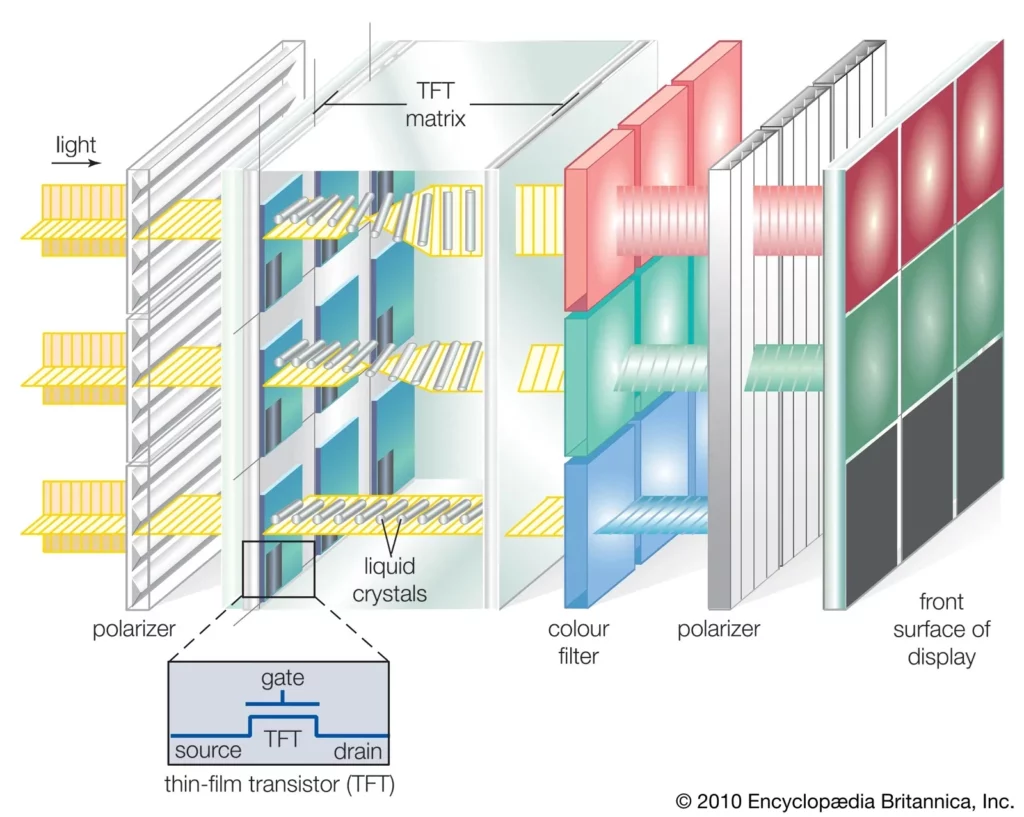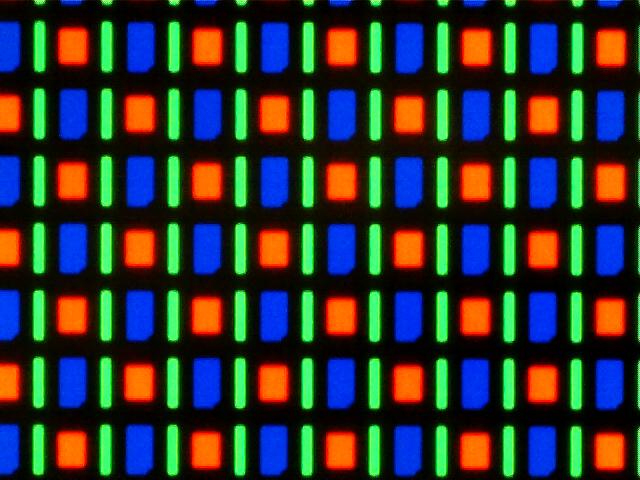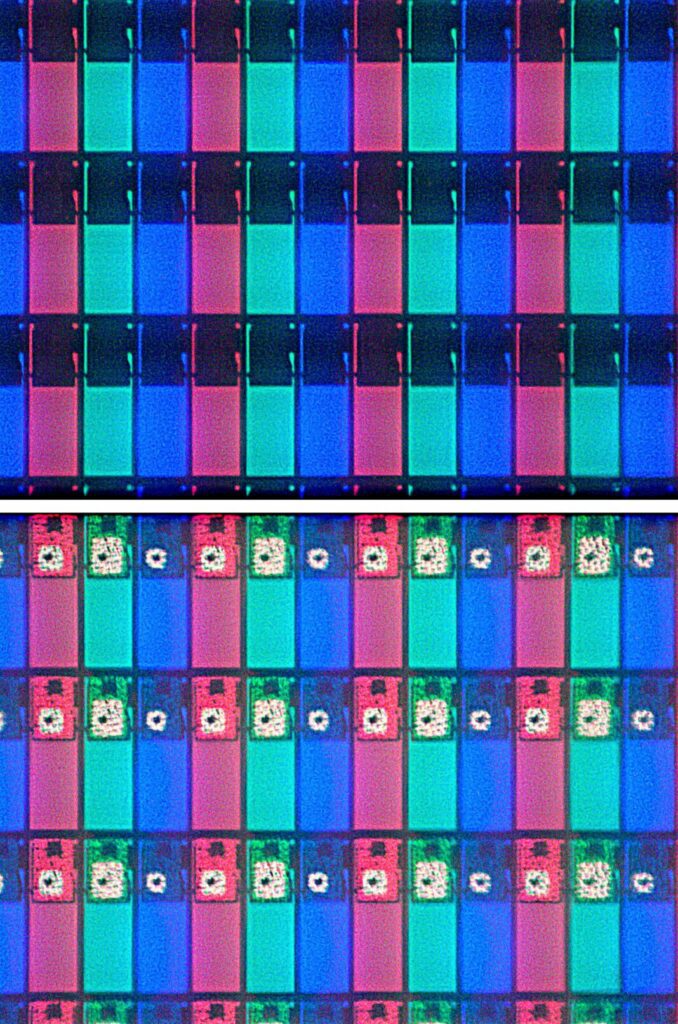When it comes to smartphone displays, two technologies dominate the market: LCD (Liquid Crystal Display) and AMOLED (Active-Matrix Organic Light-Emitting Diode). These display technologies offer distinct features and advantages, sparking a debate among tech enthusiasts as to which one is superior. In this article, we’ll explore the differences between Liquid Crystal Displays and AMOLED displays and help you determine which one might be better suited to your needs.
Liquid Crystal Display vs AMOLED – Pros and Cons
Liquid Crystal Displays have been around for a long time and are commonly used in many electronic devices, including smartphones. They work by using a backlight to illuminate liquid crystals, which create the colors and images on the screen. Liquid Crystal Display displays generally offer good color accuracy and brightness levels, making them suitable for outdoor use. They also tend to be more affordable compared to AMOLED displays, making them a popular choice for budget-friendly smartphones.

On the other hand, AMOLED displays have gained popularity in recent years due to their vibrant colors and deep blacks. Unlike Liquid Crystal Display displays, AMOLED screens don’t require a separate backlight. Each pixel in an AMOLED display is self-illuminating, meaning it can turn on or off individually. This capability allows for better contrast ratios and energy efficiency. AMOLED displays also offer wider viewing angles and can achieve thinner form factors compared to Liquid Crystal Display panels.
One of the key differences between Liquid Crystal Displays and AMOLED displays is how they handle black levels. Liquid Crystal Displays rely on a backlight, which means they can’t completely turn off individual pixels to achieve true black. As a result, these screens tend to have slightly washed-out blacks compared to AMOLED displays. AMOLED, with its ability to turn off individual pixels, can produce deeper blacks and more vibrant colors, resulting in a visually striking experience.

In terms of power consumption, AMOLED displays have an advantage. Since AMOLED screens can turn off individual pixels, displaying predominantly black content or using dark mode can significantly reduce power consumption. Liquid Crystal Displays, on the other hand, require the entire backlight to be active regardless of the content being displayed, leading to higher power consumption.
Another factor to consider is the lifespan of the displays. Over time, AMOLED displays can suffer from a phenomenon called burn-in, where static images or icons that remain on the screen for prolonged periods can leave a faint, permanent mark. Liquid Crystal Displays, on the other hand, are generally more resistant to burn-in. However, it’s worth noting that modern AMOLED panels have improved significantly in terms of durability and mitigating burn-in risks. For more details on Amoled, you can click here

So, which display technology is better? The answer depends on your preferences and usage requirements. If you prioritize vibrant colors, deep blacks, and energy efficiency, then AMOLED is the way to go. On the other hand, if you prefer more natural color accuracy and cost-effectiveness, Liquid Crystal Display may be the better option.
Ultimately, both Liquid Crystal Display and AMOLED technologies have their strengths and weaknesses. It’s important to consider factors such as budget, display quality, power consumption, and longevity when making a decision. Whether you choose Liquid Crystal Display or AMOLED, rest assured that both display technologies have reached impressive levels of quality and can offer an enjoyable viewing experience on your smartphone.

